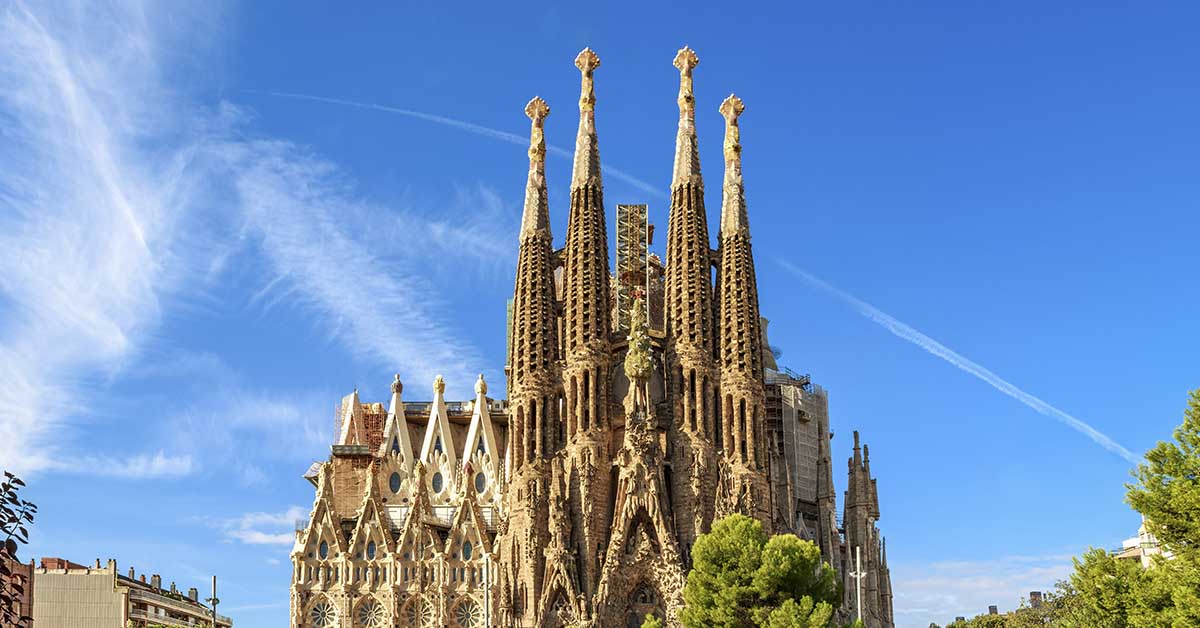Overtourism is becoming a growing issue in many popular destinations, sparking frustration in countries tired of tourists overwhelming local life. While tourism is essential for these economies, especially in areas where it supports jobs and regional growth, the constant influx can wear thin on residents. Crowded streets, environmental strain, and rising prices have led to pushback, not from governments, but from the people who live there. Let’s look at 15 countries where locals are starting to show signs of tourism fatigue- and why it matters.
1. Spain

Tourism is one of Spain’s biggest industries, especially in Barcelona, and coastal hubs like Valencia. But residents in those areas have grown tired of overtourism. Locals complain about noise, crowded transportation, and short-term rentals driving up housing prices. In Barcelona, anti-tourist graffiti has appeared on buildings. Protesters have even marched against the rising cost of living tied to visitor traffic. Many Spaniards say tourists treat neighborhoods like playgrounds, with little regard for those living there. City governments are taking notice, limiting new hotel licenses and regulating Airbnb. Spain still welcomes visitors, but residents are calling for more sustainable tourism that respects their communities.
2. Italy
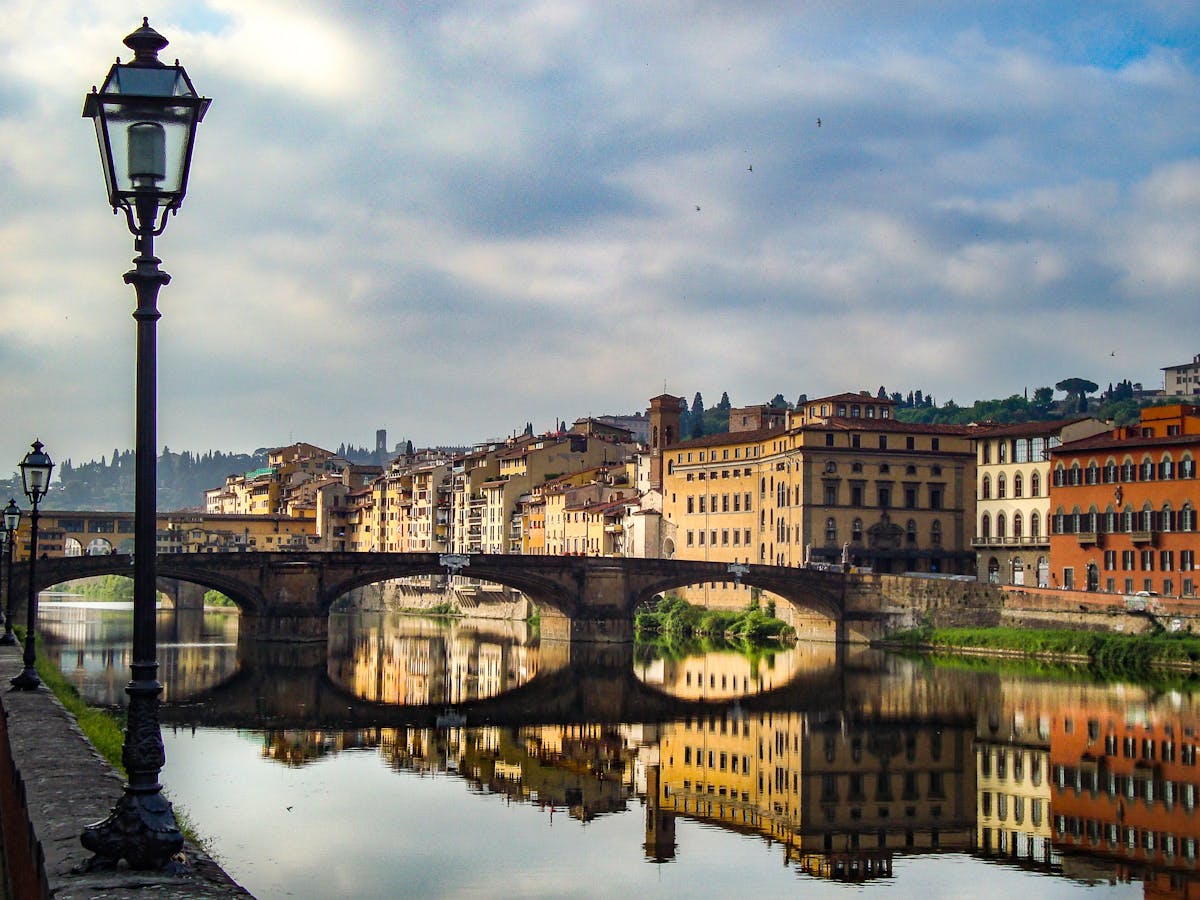
Italy depends heavily on tourism, especially in cities like Venice, Rome, and Florence. Millions visit every year to experience its art, food, and history. However, the pressure is starting to show. Venice, in particular, is dealing with crumbling infrastructure and population loss. Locals have watched their hometowns turn into theme parks. Many complain about bad behavior from tourists and overcrowded public spaces. Small alleys and town squares are packed year-round. The city of Venice even launched a tourist entry fee to manage crowds. Venice’s entry fee pilot program began in 2024 and currently only applies on peak days (e.g., holidays and weekends), not year-round. It’s not a blanket daily fee yet. Italian residents still value tourism but want a better quality of life. The challenge now is finding ways to keep welcoming visitors without losing their own sense of place.
3. Greece

Tourism makes up more than 20% of Greece’s GDP, supporting thousands of businesses across the country. But locals in places like Santorini and Athens are reaching their limits. Massive cruise ships crowd the ports daily, and narrow island streets can barely handle the flow. Residents say prices for rent and goods have risen due to the tourist demand. Some feel their culture is being commercialized. Protests and local complaints have increased, advocating for limits to daily arrivals. Even in less popular areas, locals report feeling overwhelmed during peak season. While Greece welcomes tourists, many citizens are asking for balance. They want tourism to remain strong without sacrificing their daily lives or traditions.
4. Japan

Tourism has boomed in Japan, especially since the country reopened after pandemic closures. Major cities like Kyoto and Tokyo attract millions each year. Japan’s economy benefits greatly from tourism, but local patience is wearing thin. In Kyoto, quiet residential streets are now packed with guided tour groups. Some sacred sites have started banning photography. Locals complain of noise, litter, and visitors ignoring cultural customs. There’s even a term for tourist fatigue- “tourism pollution” or “kankō kōgai” (観光公害). Municipalities are now rethinking how to promote respectful, sustainable travel. While Japan still values guests, many residents want a return to calmer streets and more respectful tourism habits.
5. France

France remains one of the world’s most visited countries, drawing millions to Paris, the Riviera, and wine regions each year. Tourism plays a key role in the French economy, but some locals are growing uneasy with the constant influx. Parisians in particular feel the pressure- crowded streets, rising rents, and increased noise are common complaints. In smaller towns, locals worry about cultural sites becoming overrun. Some communities are pushing back, limiting short-term rentals and encouraging more respectful travel. While the French still appreciate the value of tourism, many residents want their cities to feel livable again. The goal isn’t to stop tourism, but to make it more balanced and less disruptive to everyday life.
Read More: 25 of The Most Romantic Destinations On The Planet
6. United States

Tourism supports millions of jobs across the United States, from New York City to national parks like Yellowstone. But in certain places, locals are growing weary. Residents in Hawaii, for example, have voiced concerns about water shortages and disrespectful behavior at sacred sites. In New York, tourism congestion has disrupted neighborhoods and overwhelmed transit systems. Some small towns near natural attractions report overuse of trails, litter, and damaged ecosystems. Locals say the experience of their homes is changing, not always for the better. Though tourism drives local business, more Americans are speaking up about needing limits. The focus is shifting to more responsible travel that considers residents and resources.
7. Thailand
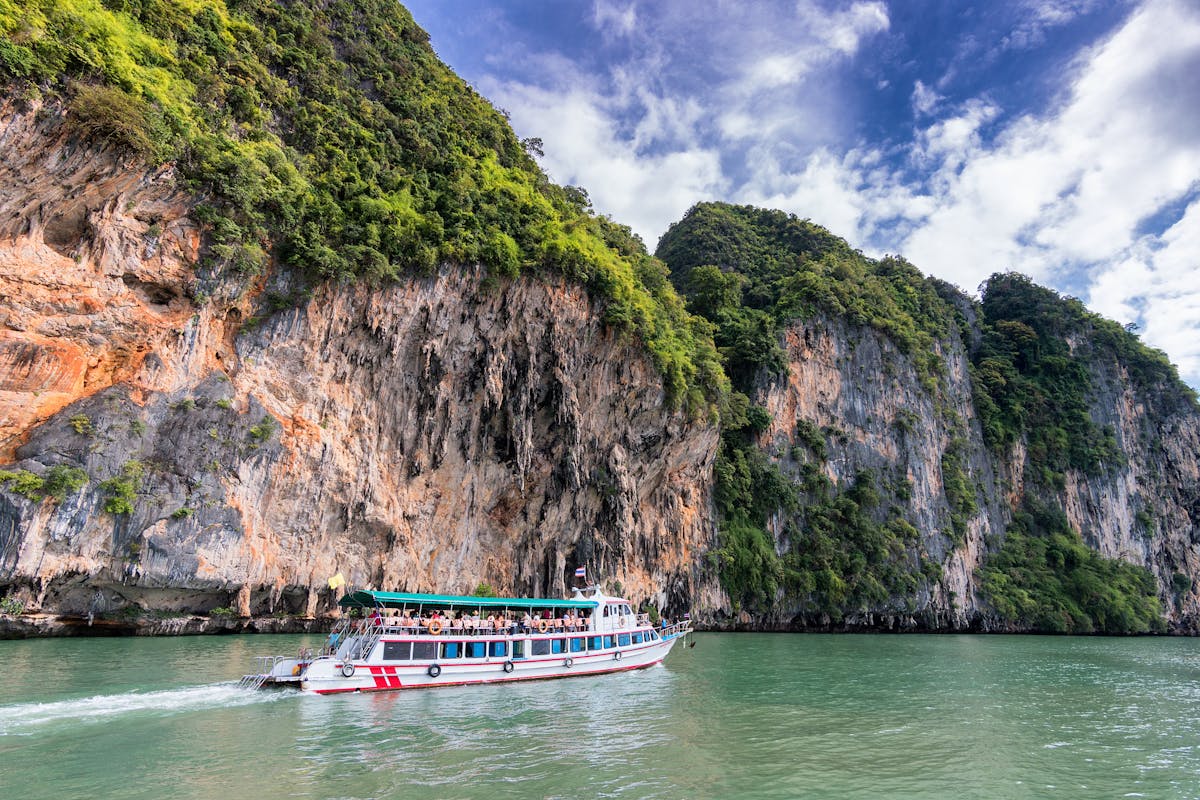
Tourism is vital to Thailand’s economy, especially in hotspots like Phuket, Chiang Mai, and Bangkok. But overtourism has created serious strain. Beaches once known for their beauty have been polluted or closed. Locals complain of increased traffic, noise, and disrespectful behavior from travelers. In Chiang Mai, sacred temples and quiet neighborhoods have turned into crowded Instagram spots. Some Thai citizens worry that tourism is changing their culture too quickly. The government has tried to manage crowds with new rules and park closures. Thailand might be one of the countries tired of tourists, but it still relies on tourism. However, locals are asking for a shift toward quality over quantity. Sustainable travel is becoming a priority.
8. China
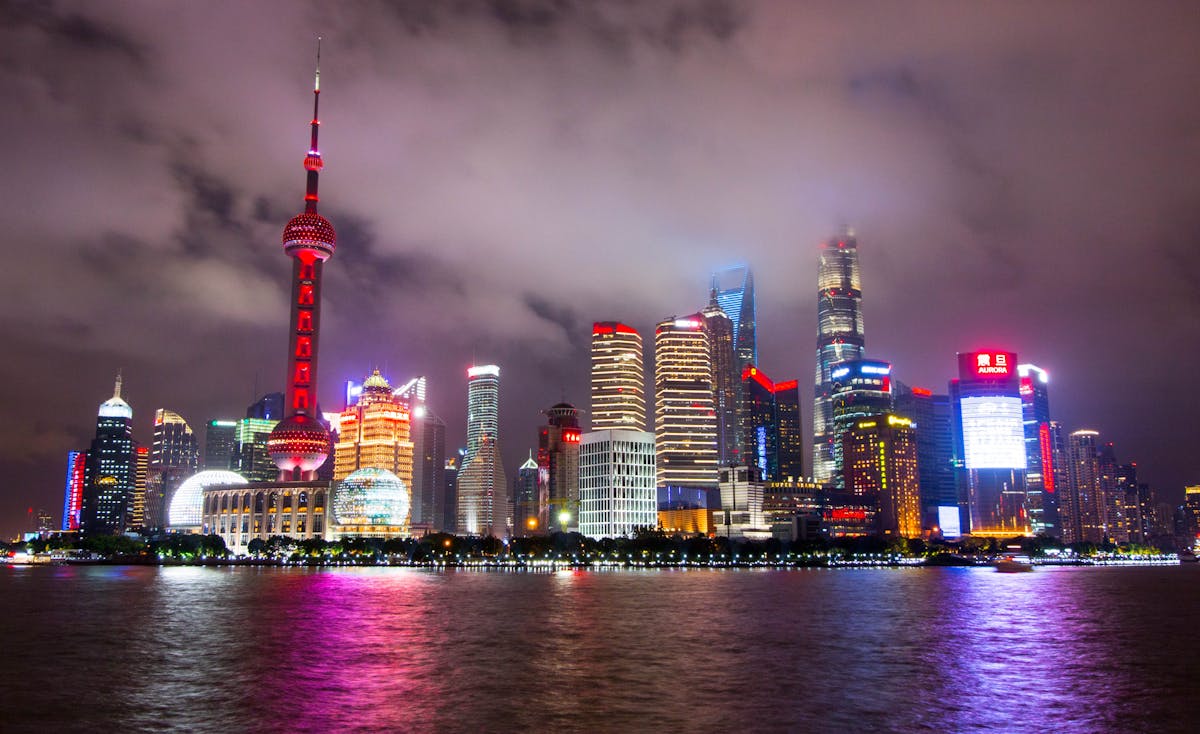
China has seen a dramatic rise in both domestic and international tourism. Notable locations including Beijing and Shanghai are major draws, as are scenic regions like Yunnan. Tourism contributes heavily to local economies, yet residents in key areas are feeling the pressure. In ancient towns such as Lijiang, locals say mass tourism has led to commercialization and cultural loss. Crowds often overwhelm public spaces and historic sites. Locals also report noise and damage to fragile environments. In some cases, residents have moved away due to congestion and rising costs. China continues to invest in tourism infrastructure, but there’s growing awareness that unchecked growth has downsides. More Chinese citizens now want better regulation and preservation efforts.
9. The Netherlands
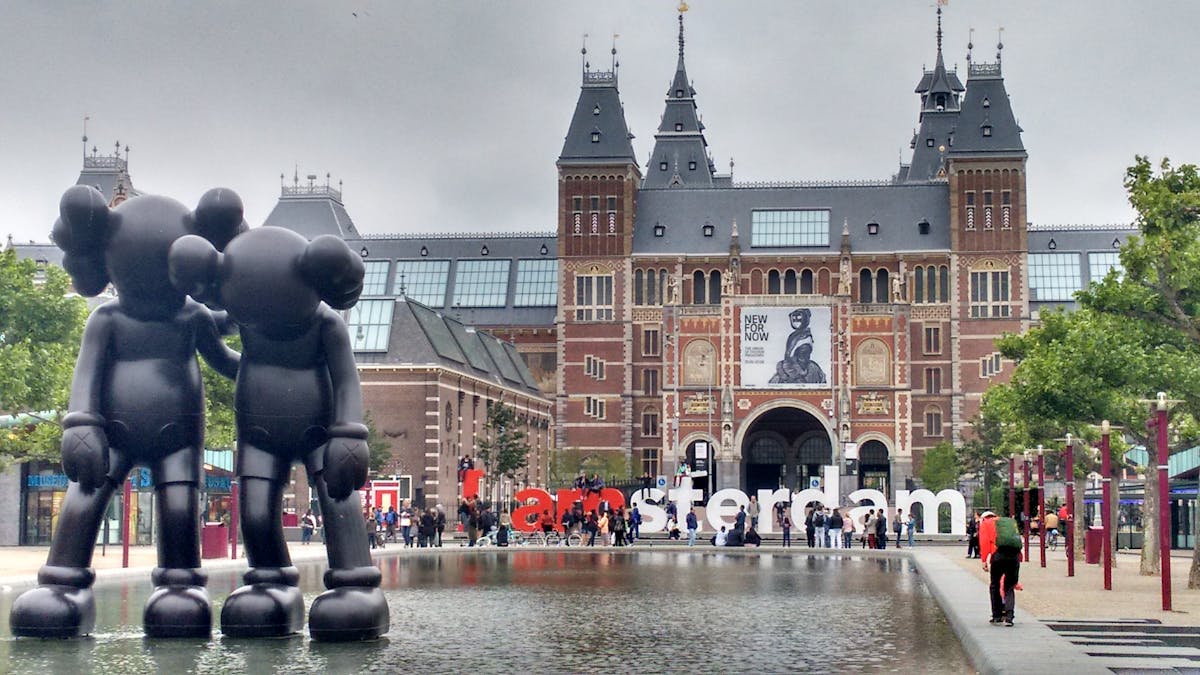
The Netherlands, especially Amsterdam, relies on tourism for economic growth. However, many Dutch citizens are openly frustrated with the volume of tourists. Amsterdam’s city center has become crowded with partygoers and large tour groups. Locals complain about noise, litter, and housing shortages driven by short-term rentals. Biking has even become dangerous due to tourist traffic. The city has tried to reduce nuisance tourism by banning certain ads and limiting new hotels. Residents are asking for better balance, wanting their city back while still welcoming respectful visitors. Overtourism has sparked real tension here, making the Netherlands one of the most vocal countries tired of tourists.
10. Peru (Machu Picchu)

Peru relies heavily on tourism, with Machu Picchu being one of its top attractions. This ancient Incan site draws over a million tourists each year. While it brings in crucial revenue, locals and conservationists worry about long-term damage. The site’s infrastructure can’t handle so many visitors daily. Foot traffic has eroded trails, and nearby towns are becoming overcrowded. The government has started limiting daily entries to reduce pressure on the site. Many Peruvians still welcome tourists, but want more responsible and respectful behavior. The goal is to protect Machu Picchu so future generations can enjoy it too. Locals ask that travelers treat the site as sacred, not just another photo stop.
11. New Zealand

One of the most beautiful places to visit is also one of the countries tired of tourists. Tourism contributes significantly to New Zealand’s economy, especially in areas like Queenstown and Rotorua. The country’s natural beauty draws millions each year. But many Kiwis feel the environmental cost has become too high. Popular spots suffer from litter, traffic, and worn-out hiking tracks. Locals also complain about rising costs and a housing crunch driven by vacation rentals. The government has promoted “better tourism” through education and limits on certain areas. Residents still welcome guests but prefer slower, more respectful travel. Overtourism threatens the clean, peaceful environment that draws people in the first place. Many New Zealanders just want visitors to take care while enjoying the view.
12. Scotland

Tourism boosts Scotland’s economy, especially in Edinburgh and the Highlands. Festivals and landscapes attract millions each year. But overtourism is beginning to cause tension. Locals complain about short-term rentals pricing out residents. Historic areas are often packed, making daily life more difficult. In the Highlands, fragile ecosystems suffer from increased foot traffic and littering. Scottish residents are proud to share their country but want more mindful travel. Some have called for caps on cruise ships and festival crowds. The balance between pride and pressure is delicate. More locals now advocate for tourism policies that safeguard culture and quality of life.
13. Galápagos Islands, Ecuador
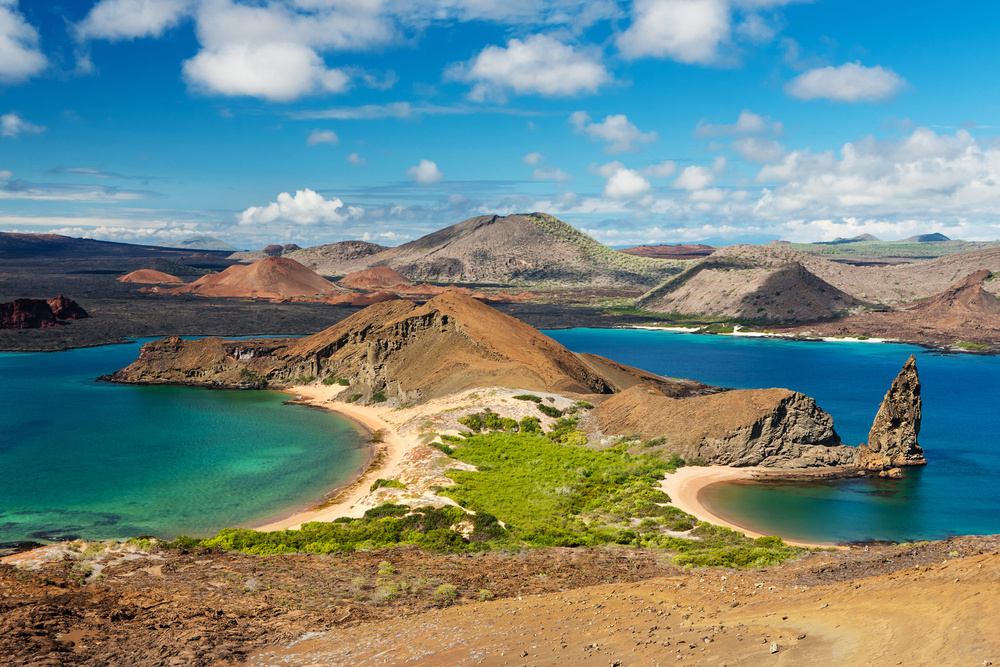
The Galápagos Islands are one of Ecuador’s most famous and fragile regions. Tourism is key to the region’s economy, but it’s also a growing threat. The islands are a UNESCO World Heritage Site with rare species and delicate ecosystems. Locals worry that rising tourism damages habitats and strains resources like water and waste disposal. Many residents support strict visitor limits and sustainable practices. Some areas now have daily caps and guided-only access. People living in the Galápagos understand the appeal but want it preserved for the future. Overtourism could undo decades of conservation work. Responsible travel is essential here.
14. Bhutan

Bhutan takes a different approach to tourism. The country earns revenue from tourism, but focuses on high-value, low-impact visitors. Citizens support strict controls to sustain their culture and environment. Bhutan requires tourists to pay a daily fee and travel with approved guides. Locals worry that too many visitors would disrupt traditions and harm nature. This model limits overtourism and helps preserve national identity. People in Bhutan value quality over quantity when it comes to guests. They want curious, respectful visitors who understand their values. The country proves that tourism can be beneficial without overwhelming communities.
15. Indonesia (Bali)
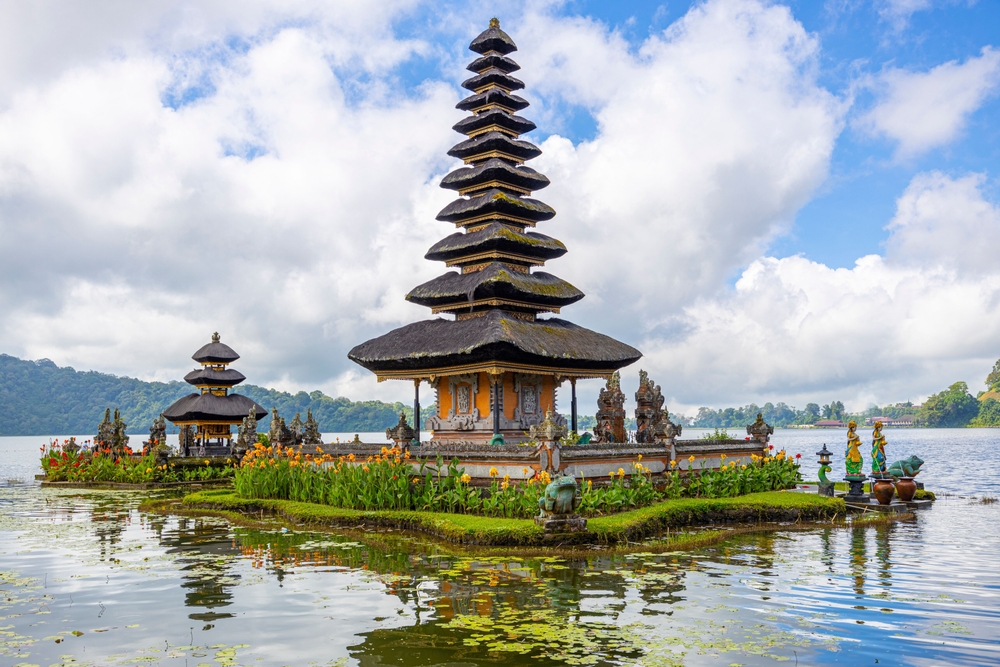
Tourism is a major pillar of Indonesia’s economy, especially in Bali, which draws millions of visitors each year. The island thrives on hospitality, with tourism supporting everything from local shops to international resorts. However, the rapid rise in tourism has sparked growing frustration among locals. Concerns include traffic congestion, environmental degradation, and disrespectful tourist behavior at sacred sites. Bali has also struggled with water shortages, which many blame on the demand from hotels and villas. In response, the government has proposed a tourist tax and stricter rules to protect the island’s culture and environment. Many Balinese residents still welcome tourists, but they also want more responsible travel. Calls for change reflect a desire to preserve the island’s charm while easing the burdens of overtourism. Balance, not rejection, is the goal.
Conclusion

Tourism plays a huge role in the global economy, supporting millions of jobs and businesses. Many of the countries on this list rely heavily on travel-related income. Still, that doesn’t mean their citizens aren’t feeling the pressure. From strained infrastructure to cultural erosion and environmental stress, overtourism creates real concerns. Locals in these areas aren’t proposing to shut the doors on visitors, they’re asking for balance. Respect, responsibility, and awareness can go a long way in preserving what makes these places special. As travelers, it’s important to recognize the impact we have on the places we love to explore. Sustainable tourism isn’t just a trend, it’s a necessity. By traveling thoughtfully, we can help ensure these beautiful destinations remain welcoming for generations to come.
Read More: 10 Ways You May Be Annoying Flight Attendants Without Knowing
